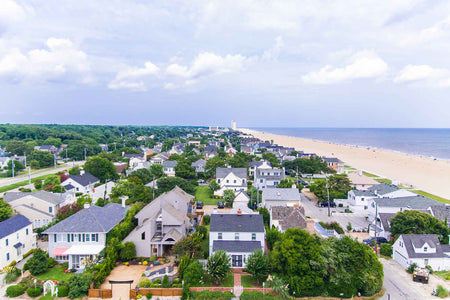Air Quality Index in Washington D.C
Washington, D.C, is a vibrant city known for its iconic landmarks, rich history, and diverse culture. As a bustling metropolitan area, air quality in D.C. can vary significantly depending on factors like traffic, industrial activity, and weather patterns.
Air Quality Index
February 5, 2025Air quality is acceptable, but some individuals, particularly those unusually sensitive to air pollution, may experience minor health effects.
Air Quality Index
February 6, 2025Air quality is acceptable, but some individuals, particularly those unusually sensitive to air pollution, may experience minor health effects.
Air Quality Index
February 7, 2025Air quality is acceptable, but some individuals, particularly those unusually sensitive to air pollution, may experience minor health effects.
Air Quality Index
February 8, 2025Air quality is acceptable, but some individuals, particularly those unusually sensitive to air pollution, may experience minor health effects.
Air Quality Index
February 9, 2025Air quality is ideal, with minimal or no risk to health.
Air Quality Index
February 10, 2025Air quality is acceptable, but some individuals, particularly those unusually sensitive to air pollution, may experience minor health effects.
5-Day Air Quality Index Forecast in Washington D.C
Nitrogen dioxide is a reddish-brown gas formed primarily from the combustion of fossil fuels, especially from vehicles, power plants, and industrial processes.
Ozone is a gas composed of three oxygen atoms, formed in the atmosphere through chemical reactions between volatile organic compounds (VOCs) and nitrogen oxides (NOₓ) in the presence of sunlight.
PM2.5 refers to airborne particles with a diameter of 2.5 micrometers or smaller, consisting of various components like dust, soot, and liquid droplets, often originating from combustion and chemical reactions in the atmosphere.
M10 refers to particulate matter with a diameter of 10 micrometers or smaller, typically including dust, pollen, and mold spores, originating from construction, road dust, and natural sources.
Tips to Protect Yourself from Unhealthy Air Quality in Washington D.C

Limit outdoor activities, especially during peak pollution hours, often midday and afternoon. Keep windows and doors closed, and use an air purifier if possible to maintain good indoor air quality.

If you must go outside, wear a high-quality mask, such as an N95 or KN95, to filter out fine particulate matter (PM2.5) and other pollutants. This is particularly important for sensitive groups like children, the elderly, and those with respiratory conditions.

Regularly check the AQI and plan your day accordingly, avoiding strenuous activities and exercise outdoors when pollution levels are high.
FAQ
Frequently Asked Questions-
When is AQI usually the worst in Washington, D.C.?
Air Quality Index (AQI) in Washington, D.C., tends to be worst during the summer months, particularly from May to September. During this period, high temperatures and intense sunlight promote the formation of ground-level ozone, a key contributor to poor air quality. Additionally, peak traffic hours in the morning and evening result in higher emissions from vehicles, further degrading air quality. Calm weather conditions, which can trap pollutants close to the ground, also contribute to elevated AQI levels.
-
What are common pollutants that impact AQI in Washington, D.C.?
Several pollutants contribute to air quality issues in Washington, D.C. The most common are ozone (O₃), which forms when sunlight reacts with emissions from vehicles and industrial sources, and particulate matter (PM2.5 and PM10) from traffic, construction, and natural sources like dust. Nitrogen dioxide (NO₂) from vehicle exhaust and power plants is another significant pollutant, along with carbon monoxide (CO) from incomplete fossil fuel combustion. Sulfur dioxide (SO₂), while less prevalent due to stricter environmental regulations, can still impact air quality during specific conditions.
-
Are there specific areas in Washington, D.C. with better AQI?
Certain areas in Washington, D.C., typically have better air quality. Parks and green spaces, such as Rock Creek Park and the National Mall, generally experience lower pollution levels due to vegetation and reduced traffic density. Residential neighborhoods located farther from major roads and industrial zones also tend to have better AQI. Northwest D.C. often enjoys cleaner air compared to downtown areas, thanks to its proximity to green spaces and lower congestion levels. Monitoring AQI by neighborhood can help identify areas with healthier air on any given day.
Learn More






